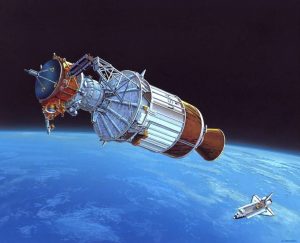- This topic is empty.
-
AuthorPosts
-
21/04/2025 at 15:16 #4642
When it comes to selecting a printer, one of the most critical considerations is longevity, particularly in terms of operational lifespan and cost-effectiveness. The debate between inkjet and laser printers has persisted for years, with each technology boasting its own set of advantages and disadvantages. This post aims to dissect the longevity of both inkjet and laser printers, providing a comprehensive analysis that can guide consumers in making an informed decision.
Understanding the Basics: Inkjet vs. Laser Technology
Before delving into longevity, it’s essential to understand the fundamental differences between inkjet and laser printers. Inkjet printers operate by spraying tiny droplets of liquid ink onto paper, allowing for high-quality color prints and intricate details. Conversely, laser printers utilize a laser beam to transfer toner onto paper, resulting in sharp text and faster printing speeds.
Lifespan of Components
Inkjet Printers
The lifespan of an inkjet printer is often influenced by several factors, including the quality of the printer, the type of ink used, and the frequency of use. Generally, inkjet printers can last anywhere from 3 to 5 years. However, the print head, which is crucial for the functioning of inkjet printers, can become clogged if not used regularly. This can lead to costly repairs or replacements, significantly impacting the overall longevity of the device.
Laser Printers
In contrast, laser printers tend to have a longer lifespan, often exceeding 5 to 7 years. The primary components of a laser printer, such as the drum and toner cartridges, are designed for durability. While toner cartridges may need to be replaced more frequently than ink cartridges, the overall maintenance costs are typically lower. Additionally, laser printers are less prone to issues like clogging, making them a more reliable option for long-term use.
Cost-Effectiveness Over Time
When evaluating longevity, it’s crucial to consider the total cost of ownership, which includes initial purchase price, maintenance, and consumables. Inkjet printers are generally less expensive upfront, making them appealing for casual users. However, the cost of ink can add up quickly, especially for those who print frequently. High-yield ink cartridges can mitigate some of these costs, but they still do not match the efficiency of laser printers.
Laser printers, while more expensive initially, often prove to be more cost-effective in the long run. The cost per page is significantly lower due to the high yield of toner cartridges and the longevity of the printer itself. For businesses or individuals who require high-volume printing, the investment in a laser printer can lead to substantial savings over time.
Environmental Considerations
In today’s eco-conscious world, the environmental impact of printing technology cannot be overlooked. Inkjet printers typically produce more waste due to the frequent replacement of ink cartridges. However, many manufacturers are now offering recycling programs to mitigate this issue. Laser printers, on the other hand, generate less waste per page printed, but the toner cartridges can be more challenging to recycle.
Conclusion: Making an Informed Choice
In summary, the longevity of a printer is influenced by various factors, including technology, usage patterns, and maintenance. While inkjet printers may be suitable for occasional users or those prioritizing color quality, laser printers are generally the better choice for those seeking durability, lower long-term costs, and reliability.
-
AuthorPosts
- You must be logged in to reply to this topic.


